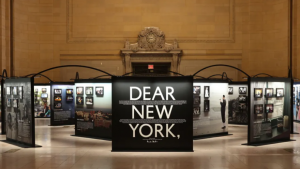It takes a rare type of designer who can excel at infographics. As Juan Velasco, one of the foremost information designers working today, says in this interview with Gestalten TV, it’s more akin to visual journalism.
“Once you’ve gathered all the information from the experts you have to learn about it, you have to make sense of it,” says the founder and creative director of 5W Infographics.
You have to become an expert yourself to be able to explain that information to others.
Velasco was the art director of National Geographic Magazine from 2008 to 2014. Previous to this, he worked as a graphics artist for the second largest daily newspaper in Spain, El Mundo, and as the graphics art director for The New York Times.
That can mean doing a comparative study between the physical attributes of Neanderthals and humans today, or mapping out the geography of off-shore oil in the Gulf of Mexico.
An infographic designer needs to drill down into complex data in order to make things transparent – sometimes quite literally, like showing how the anatomy of a cheetah enables it to run as such a high speed – but also to translate the information into terms that will resonate with the layman. When depicting the second largest cave in the world, located in China, Velasco notes they travelled to the site to laserscan its massive interior. To show the cave’s lofty internal volumes, for example, a cross-section map shows you can fly a Boeing 747 through it.
But while more graphic designers venture into data visualisation there is something fundamental they are missing, he says. “There is not a lot of editing or an effort to simplify the information to make it understandable.”







